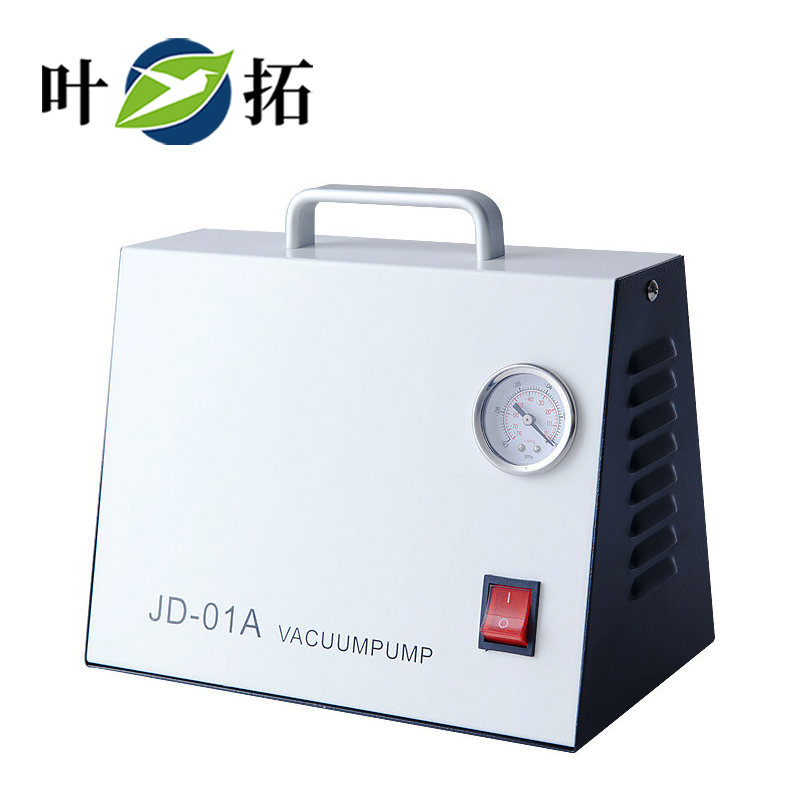Oil vacuum pumps and oil-free vacuum pumps are two different types of vacuum pumps, with some important differences between them, including working principles, maintenance requirements, and applicable fields. Here are their main differences:
1. Lubrication method:
Oil vacuum pump: Oil vacuum pumps use lubricating oil to reduce friction of mechanical components, thereby achieving sealing and providing lubrication. The working principle of this pump involves the use of lubricating oil, which usually circulates inside the pump, hence it is called a lubrication vacuum pump.
Oil free vacuum pump: Oil free vacuum pumps do not use lubricating oil, but rely on special materials and technologies, such as dry or dry membrane technology, to achieve sealing and vacuum extraction. This ensures that the oil-free vacuum pump does not emit oil mist or pollute the vacuum environment during operation.
2. Pollution and oil mist:
Oil vacuum pump: Oil vacuum pumps can generate oil mist, which may cause pollution to the laboratory environment and the extracted gases. Therefore, in some applications, an oil mist filter is required to purify the exhaust gas.
Oil free vacuum pumps: Due to the absence of lubricating oil, oil-free vacuum pumps do not produce oil mist, making them more popular in applications that require a clean environment, such as laboratory analysis, electronic manufacturing, and semiconductor industry.
3. Maintenance requirements:
Oil vacuum pump: Oil vacuum pumps require regular replacement and maintenance of lubricating oil to ensure smooth operation of the pump. This includes monitoring the oil level, replacing oil seals, filters, and regular cleaning.
Oil free vacuum pumps: Oil free vacuum pumps typically require less maintenance as they do not involve the replacement and management of lubricating oil. However, they may require more frequent maintenance to ensure the performance of the sealing material.
4. Application areas:
Oil vacuum pump: Oil vacuum pumps are commonly used in some industrial applications, such as vacuum furnaces, chemical industries, and general laboratory pumping. They are also used for lower vacuum levels.
Oil free vacuum pump: Oil free vacuum pumps are widely used in fields with high purity and high vacuum requirements, such as semiconductor manufacturing, mass spectrometry, electron microscopy, and food packaging. They are also used in laboratory research that requires clean vacuum environments.
Overall, both oil vacuum pumps and oil-free vacuum pumps have their own advantages and limitations. The choice of which type of vacuum pump to use depends on application requirements, environmental requirements, and maintenance capabilities.


 Alibaba Store
Alibaba Store Tmall Store
Tmall Store Jingdong Sstore
Jingdong Sstore







